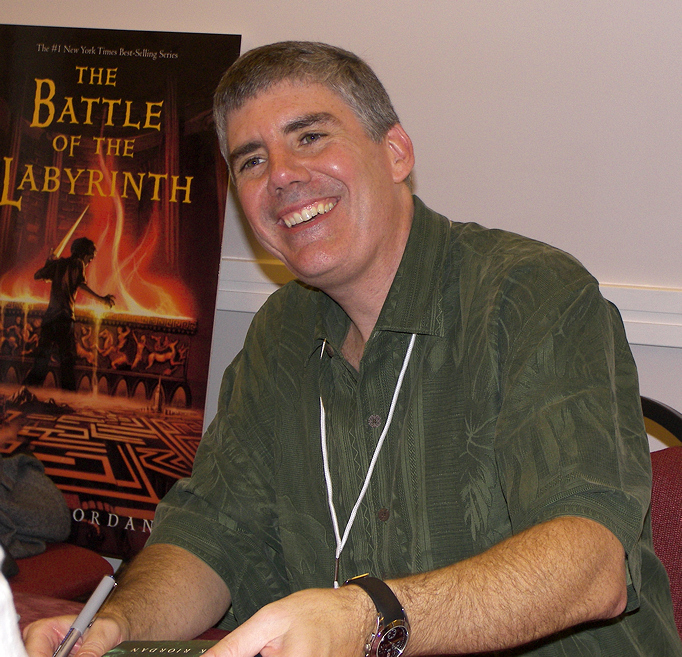 |
| Original Red Cover |
Atticus Finch
Atticus Finch is one of the many unlikely heroes in Harper Lee’s "To Kill a Mockingbird." He is a lawyer whose wife is dead. With the help of a servant, he is raising his two children, Jem and Scout.
Atticus is a reserved gentleman who is getting on in years. His children obviously respect him, but they view him as something of a coward and a pacifist. They often wish he would show more bravery and be more macho.
During the course of the novel, Atticus decides to defend a black man who has been wrongfully accused of raping a white girl. A good portion of the people of Maycomb (the small town in Alabama where the Finches live) turn on Atticus and his children, but Atticus refuses to back down. As the book progresses Atticus proves to his children that there are many forms of bravery, and that he is indeed a very brave man.
Holden Caulfield
Holden Caulfield is the central character and narrator of J.D. Salinger’s "Catcher in the Rye." The novel is about the 3-4 days after Holden has been expelled from his prep school. He decides not to go home to his parents and instead spends a few confusing days staying in hotels and with random acquaintances.
While you may not agree with what Holden says or thinks, almost anyone can relate to the problems he is facing as a teenager. In the end of the novel Holden alludes to a stay in a mental facility. You are left to ponder whether he is truly insane or merely a misunderstood teenager.
Severus Snape
(Warning: if you have not read the Harry Potter series and plan to in the future do not read the rest of this article)
Severus Snape is easily the most enigmatic character in J.K. Rowling’s Harry Potter series. Snape is Harry Potter’s potions professor and a former follower of the evil wizard Lord Voldemort. He displays a great hatred for Harry that is explained by a rivalry between Severus and Harry’s deceased father James.
Whenever something suspicious happens in the series Harry and his friends are quick to suspect Professor Snape. However, their genius headmaster Dumbledore assures the students that he has an unwavering trust in him. Readers will find themselves torn between suspecting and trusting Snape. You are forced to wonder whether he is working for Voldemort or for Dumbledore again and again. Not until the very end of the series do you see Snape for who he really is, a man who has given his life to avenge the death of the one woman he ever loved . . . Harry’s mother Lily.
I'm sure I could add quite a few more to this list, such as Gandalf the Grey, Roland Deschain, etc., but who wants to read a blog post that long about my favorite characters in fiction?
Shelly Barclay





.jpg)